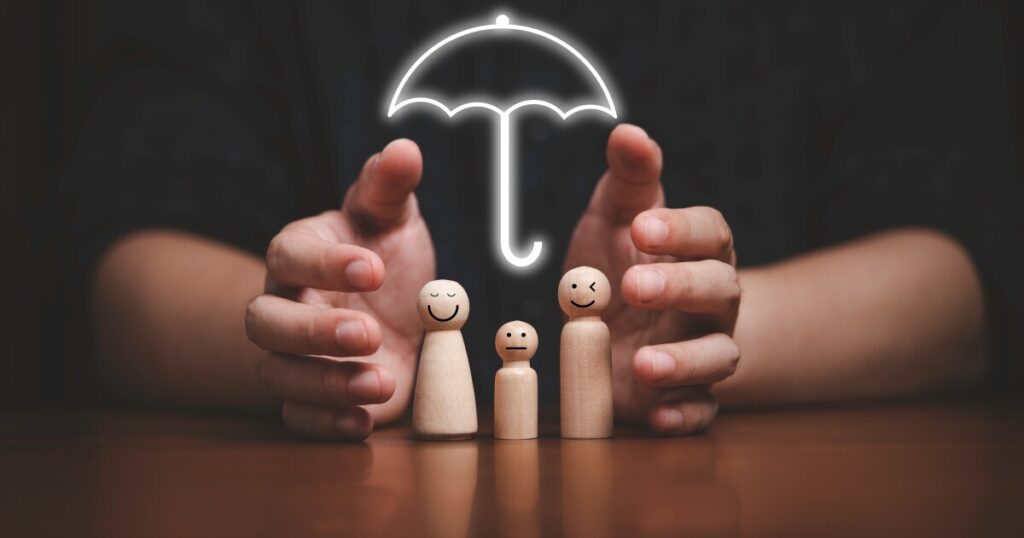How gamification can help insurers and employers engage the workforce

Employers have long offered insurance products to their employees, be it to attract and retain top tier talent, or to improve employees’ wellbeing. However well-intentioned employer insurance offerings may be, however, they often fall short of delivering day-to-day value to employees.
Why is this a problem? Despite 77% of employees experiencing burnout symptoms in the past year, according to YuLife, 85% of employees admit to overlooking the mental health benefits their employers offer. Clearly, traditional approaches to employee benefits aren’t good enough. Rates of workplace-related burnout, disengagement and mental health issues are still on the rise.
There is a clear disconnect between employee expectations and the benefits actually provided by employers, preventing employees and employers alike from making the most of insurance as a workplace benefit, and holding insurance back from reaching its full potential. Both companies and their workers pay the price of this unrealised potential – in the form of absenteeism, declining engagement and productivity, and even increased premiums due to insufficient early intervention for poor health.
To overcome these pain points, insurers must tackle daily engagement. To do that, they need to understand the needs of their users, leverage tools and solutions needed to address them and, most importantly, incentivize users to regularly engage with these offerings.
When thinking about how to improve engagement, one need not look any further than the gaming industry. With record levels of engagement over time, the question is how to laterally repurpose the principles of gamification to improve the insurance experience, which quite frankly, can be boring. It follows that by embracing gamification, insurers and benefits providers can transform how employees engage with their benefits and turn insurance products into benefits that offer tangible solutions for employees’ problems.
The power of gamification
Now, imagine a world where employees actively think about their wellbeing every day — earning rewards for healthy behaviours like walking or meditating, participating in office-wide fitness challenges with the promise of prizes, and ultimately, seeing a genuine impact on their wellbeing due to the choices they make. This is exactly the power of gamification: group coverage metamorphosizes from a mere policy into a tool for daily empowerment, motivation and positive change.
By incorporating game mechanics like points, rewards and challenges, gamification makes engagement with insurance more appealing and rewarding. YuLife internal research found that if an employee checked the leaderboard (a standard feature in most games) during a step-count competition, their step activity increased by 26% the same day. We also found that, on a day someone competes in a challenge, their step activity increased by 32%. Something as simple as walking to increase one’s daily step count is so basic, and yet is such an easy way to improve fitness on a daily basis. An improved step count is associated with a huge range of health benefits, even affecting our mental states and boosting our moods. By gamifying this activity, it transforms from a routine task to an engaging habit, motivating people to integrate healthier choices into their day to day lives, creating a ripple effect that positively impacts their overall wellbeing.
Gamification also enables companies to encourage proactive healthcare in their employees. Instead of waiting until they are already unwell to engage with insurance offerings, gamification can empower employees with the tools they need to actively maintain their wellbeing. Prioritizing preventative wellness (as opposed to reactive care) lowers the risk of employees burning out, taking sick days and needing to make insurance claims in the first place.
Data-driven insights
Beyond boosting engagement, gamification also generates valuable data that helps employers track wellbeing trends over time and understand what resonates with their teams. This allows them to understand what motivates their workforce, determine the most effective rewards and prioritize impactful health initiatives.
With these insights, companies can tailor their wellbeing and benefit programs to meet the unique needs of their workforce, ensuring that every initiative is relevant, personalized, and genuinely impactful.
Boosting download and engagement numbers isn’t just evidence that gamification makes benefits more appealing; it’s about turning oft-overlooked policies into everyday aspects of employees’ routines and creating a culture where health and wellbeing are prioritized.
When employees feel a sense of achievement by pursuing healthy habits, they automatically are taking proactive control of their wellbeing. Employees practically embed preventative care into their lifestyle, making it the norm, rather than the exception.
Game on!
Gamification is ushering in a significant shift in how insurers support employers in their approach to employee wellness. Once employees start engaging with these offerings, the benefits will transcend individual wellbeing.
Simply put, if a significant enough number of employees increase their dedication to daily wellbeing, it lowers the health risk of organizations overall.







